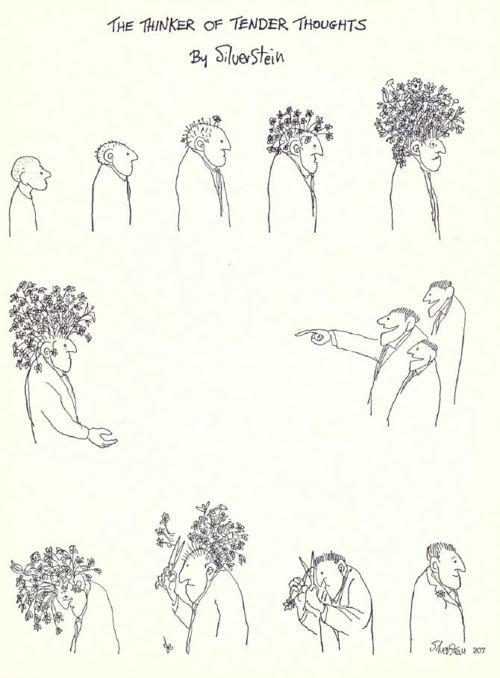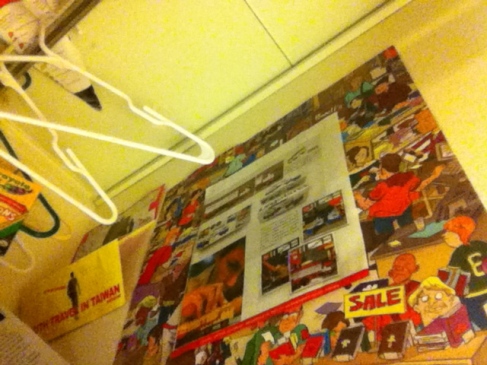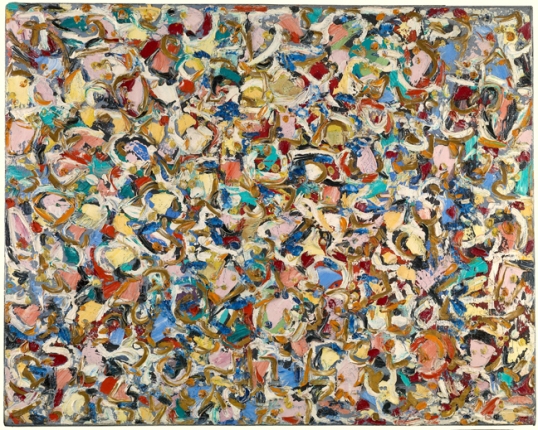My favorite piece from this semester was easy for me, the Ruscha/Rosenquist assignment! As soon as we discussed the assignment in class, my creative juices started flowing. What with the government shut down on everyone’s minds, I had been especially interested in the National Parks closing. As soon as I had my social issue, I began brainstorming. My brainstorming filled a page, and then another.. and I was more than excited to start my project! After speaking to Anna, she informed me that they were still drilling for oil in 12 of the parks, yet they were closed to the public. this got me interested in focusing on the ‘oil’ aspect.. and sparked the idea for using some… substitutes for traditional paint. I was very happy with my finished piece, and although motor oil dripped down the walls of the fine art building for a few weeks, I really enjoyed having created a piece that represented a social issue that I was passionate about.. and the ideas for the content all came from my imagination.. I really felt like this project sparked my creative traits for a few weeks, and really got me working on my art. 

Marci Hohner









